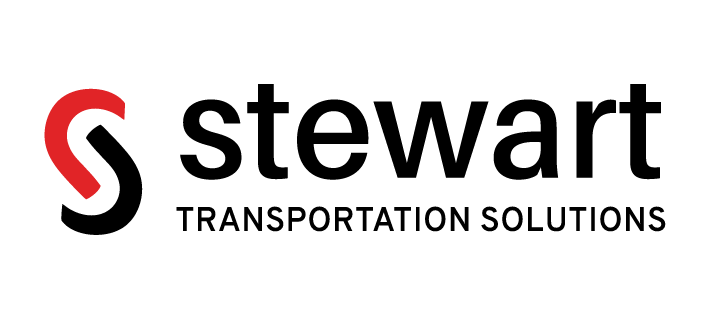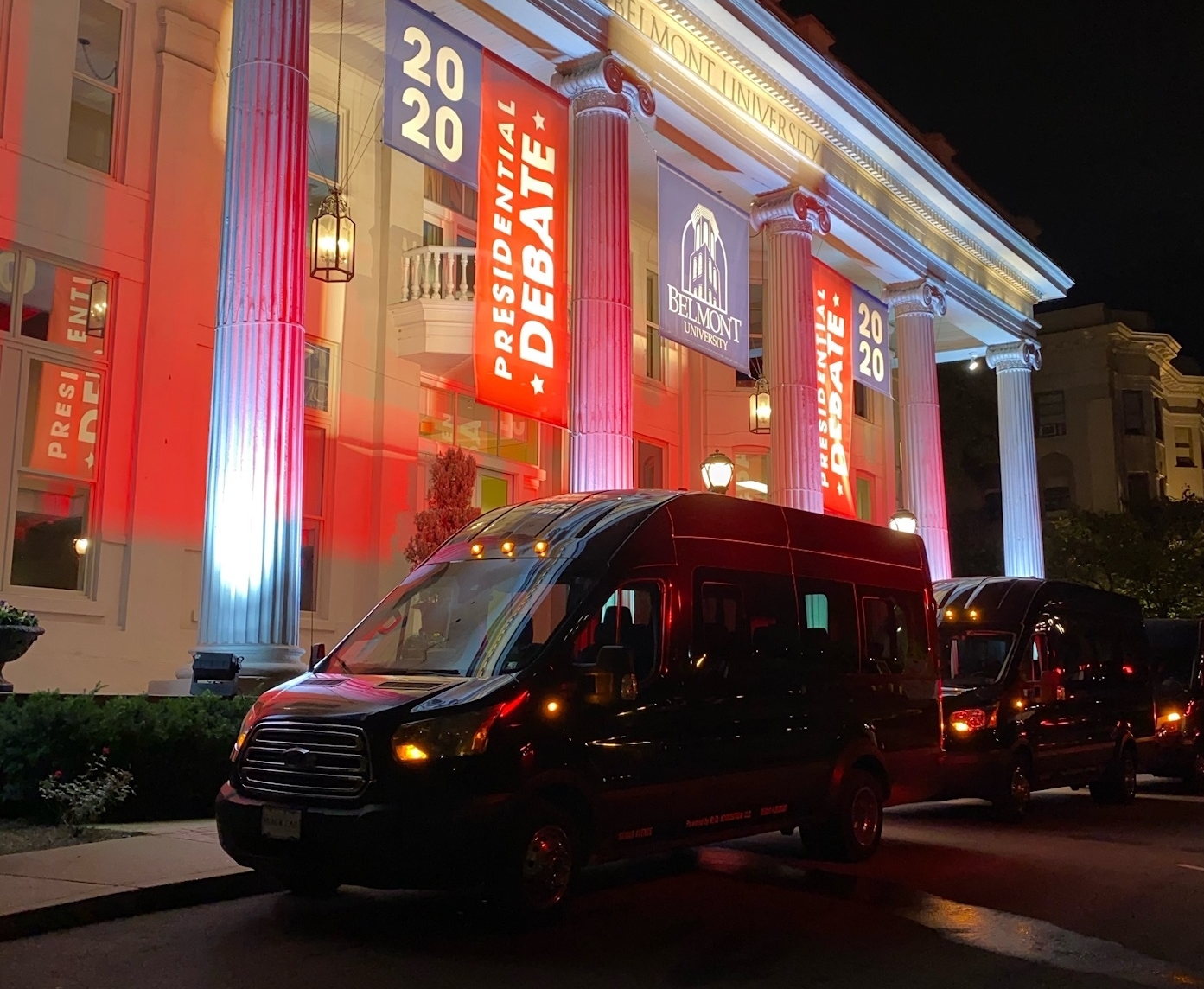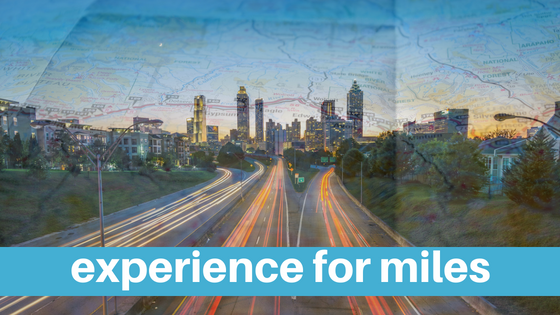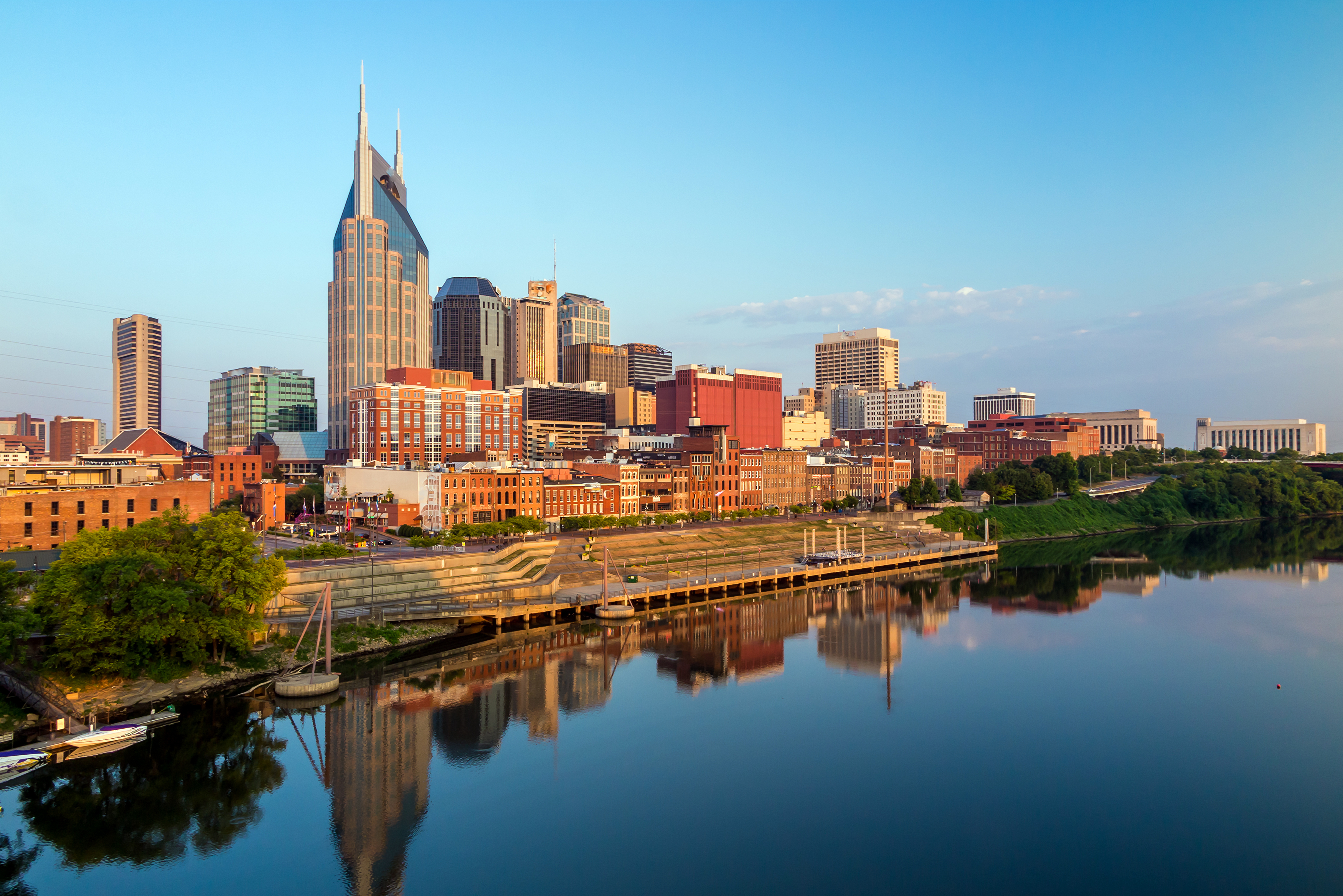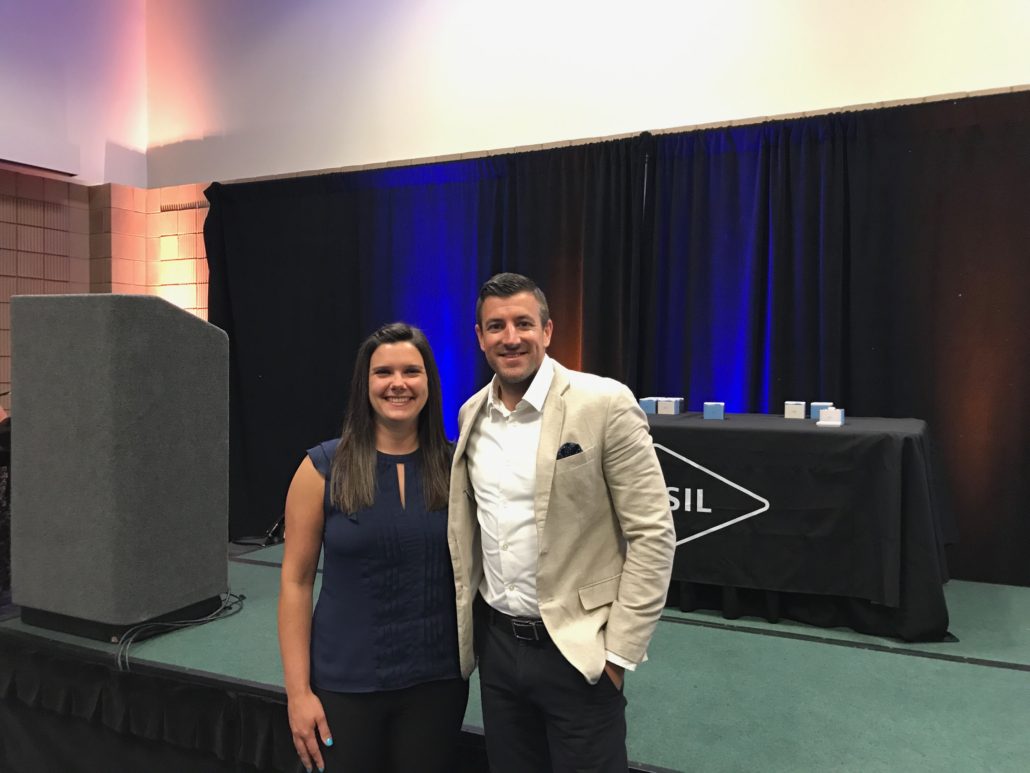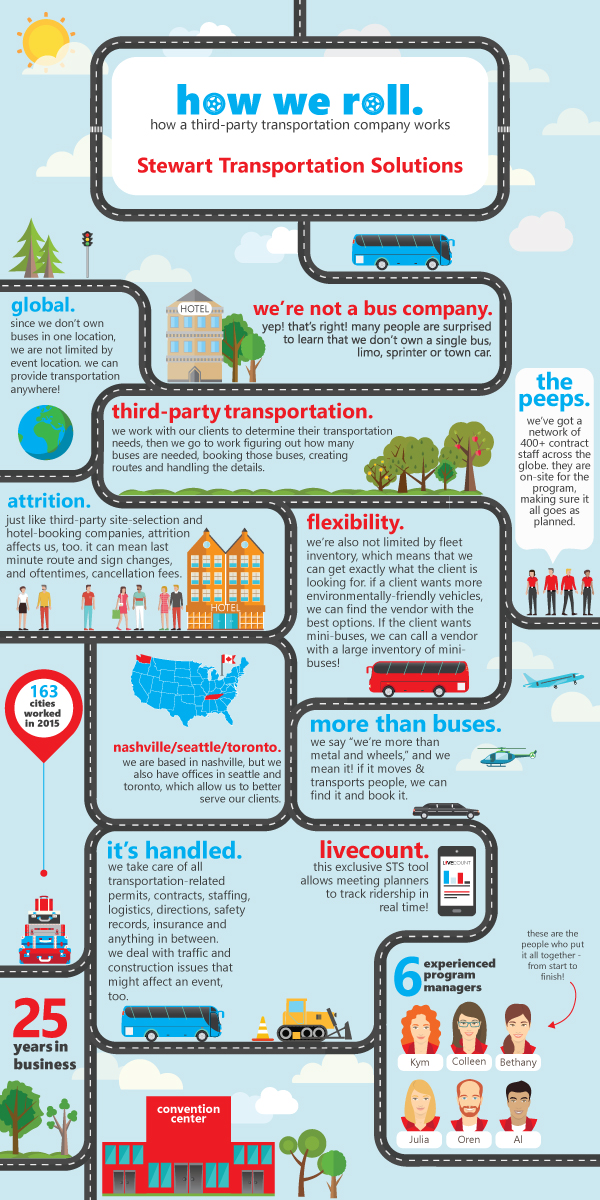by Karen Robbins, President
Since December of 2020, I have written several blogs about starting over during Covid-19. We have been quiet on social media for the last year and it felt like we needed to explain ourselves. I have not shared those blog versions because one day it felt right, and then suddenly it didn’t. The world was still turned upside down. There was a lot of emotion tied up in the words I wrote. I even tried a peppier version of “We are Still Here and Ready When You Are” but that didn’t feel right either when so much of our team was not “still here.”
Same Turbulent Sea, Different Boats
2020 was our 30th year in business. It started out as a magic year with a magic team. We were buckled in and climbing the roller coaster, getting ready for a fun ride celebrating a milestone year. Instead, by March 13, 2020, we sent everyone home. Stunned, concussed, and grappling with coming to an abrupt halt in the middle of the ride. What just happened?
Like so many small businesses in the event industry our story is not unique either. All of us missed something last year. Covid-19 changed all of our lives. I remember seeing a quote about us all being in the same boat. Instead the writer noted, we were “all in the same turbulent sea just in different boats”. That felt about right. The experience was the same, yet different for everyone.
We own our office buildings and each person on the team had their own office space. It was lively and fun to walk into those buildings. Many of the offices looked like dorm rooms festooned with event badges and memorabilia and birthday decorations. If you are in the event world, you know what I mean. SWAG is fun! But, when your business is completely taken offline in a matter of days and continues to be sidelined a year later; the reality is, you probably need to get rid of the buildings. Everything was finalized a few weeks ago on the last two buildings. The process took months to unravel, we needed to store and set aside, giveaway and decide. It was not easy, but that chapter has closed now.
Stuck in a Weird Place – March 2020 to March 2021
And, now suddenly, we are here in March of 2021. The weather feels exactly the same as it did this time last year when the world was unraveling. It’s unsettling how much time has passed so quickly, yet slowly.
And during this year, we have watched while our clients and industry friends were furloughed or were navigating the virtual meeting pivot. Truth be told, the sideline of the event industry is a weird place to sit and watch things happen that you can’t control. Our industry is used to making things happen not watching them fall apart and shift dramatically within days. When I think about this last year, I am reminded of an industry friend who posted a few weeks into Covid-19. He said, “at the end of every show we would all shake, hug and say see you on the next one, and I will never take that for granted again.”
Boy was he right. Who knew at the end of those events that something could come along and completely wipe out the next event and the next one and…?
We look a little different now and while it is a terribly sad thing it is not necessarily a bad thing. There have been many lessons along the way. We are asking ourselves different questions than we did a year ago. We are less hurried and less worried than we were last year at this time. This clarity has brought about another level of thinking and creativity. If Covid-19 showed us anything about life it is who is ultimately in control and it is not us. We may have been grieving hard this last year, but we still have a heartbeat. We are still here.
Hope, Optimism and Bus Magic
Spring is here and we are shaking off the weirdness! It’s time to start over and it is time to share again. Even though we did not celebrate our 30th year last year, it does not mean it didn’t happen! We may not be the same as we were 365 days ago but we can’t do much about that.
We plan on celebrating being in business for 31 years and we will celebrate the team that contributed to that success, too. Without them, there would be no Stewart Transportation Solutions. Our penguins, (team mascot), deserve to be remembered. This past year has been hard on them, too.
These days, there is hope on the horizon and in our inbox! There is optimism, new beginnings and fresh starts! The “we can’t wait to be face-to face-again” meetings have started! And boy, are we ready to make the bus magic happen again!
To our customers and friends that have continually checked in over the last year, thank you. Thank you for continuing to find creative ways to use our services in this difficult time. But, most of all, thank you for caring and being a part of the ride. We are ready, when you’re ready, after all.
